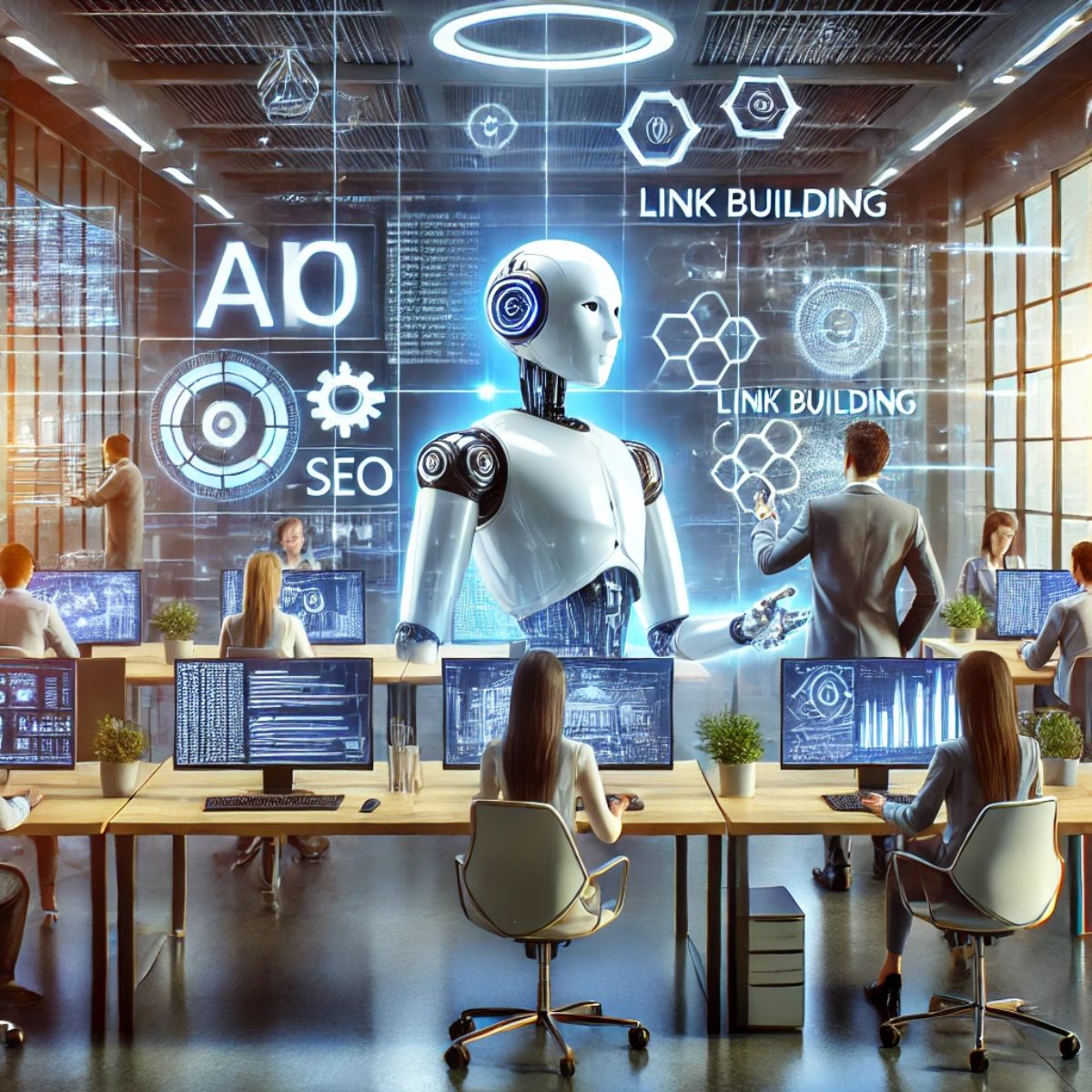Waymo’s fortune cookies reveal just how far ahead of Tesla’s robotaxis it is
Branded is a weekly column devoted to the intersection of marketing, business, design, and culture. Diners at dozens of San Francisco’s Chinese restaurants found something unexpected in their fortune cookies this week: an ad for Waymo, the self-driving-vehicle company. “The future is here,” the paper slip pronounces, with a QR code linking to the Waymo One autonomous ride-hailing app. A tech company promo showing up in a fortune cookie struck some as an only-in-SF moment. Waymo also operates in Phoenix and Los Angeles, and just started offering rides in Austin. The company says it provides 100,000 rides weekly across markets, and recently announced a partnership with Uber in Austin and Atlanta next year. And that future-is-here theme is actually the throughline of a larger campaign of outdoor and social-media ads in multiple markets touting a driverless future that has, in fact, arrived—where rush hour becomes a time to relax or prepare for a date or even practice the French horn while your Waymo takes you wherever you’re going. Only in San Francisco do you open a fortune cookie and find a Waymo ad pic.twitter.com/FKH2qEwRBI— Biz Carson (@bizcarson) September 27, 2024 But the fortune cookie stunt is actually a San Francisco-specific campaign: The company distributed “hundreds of thousands” of cookies with its custom fortunes to more than 30 restaurants across the city, according to a Waymo statement to Fast Company. The fortunes include “Steer your own destiny,” “The future is what you make it,” and other similar on-brand sentiments. [Photos: Waymo] The campaign (which also includes partnerships with influencers in some of its markets) is a notable acceleration of Waymo’s branding; the company, which started as a Google project some 15 years ago, has previously taken more of a go-slow approach compared to rivals. (In contrast, the more ambitious reputation of GM’s Cruise line backfired when a high-profile malfunction badly injured a pedestrian, recently resulting in a $1.5 million federal fine.) The challenge for autonomous vehicle makers in general is building a brand that’s futuristic but not reckless. Tesla is a notable comparison: Elon Musk, always projecting a bleeding-edge image, will reportedly debut a Tesla Cybercab prototype next week, after years of promises. And as it happens, the Waymo fortune-cookie promotion came during an interesting stretch for its presence in a city where there are always plenty of futures being hashed out, argued over, and possibly monetized. San Francisco really does seem to be the place where Waymo has simply become part of the scenery. But just because the future is here doesn’t mean it always takes the most glamorous form. Waymo’s biggest appearance in the news this week involved one of its vehicles getting stuck trying to make a U-turn near the Fairmont Hotel, blocking the motorcade of Vice President Kamala Harris, in town for a fundraiser. HAPPENING NOW: A driverless @Waymo gets stuck making a u-turn as @VP’s motorcade arrived at the Fairmont S.F. An SFPD officer had to manually drive the vehicle out. We’re hearing this wasn’t the only one… @abc7newsbayarea pic.twitter.com/uCdiTf9lbB— LaurenABC7 (@LaurenABC7) September 28, 2024 A police officer had to manually drive the car out of the way. It was a “distinctly San Francisco traffic jam,” one local publication noted. (In a statement, Waymo notes that the motorcade was actually still “staging” when its vehicle was “quickly” moved, and caused no delay.) There have been other such snafus, with Waymo vehicles inconveniencing or irritating other drivers and city residents: blocking a highway ramp or honking at each other as they navigate a Waymo-filled parking lot. (“Look, y’all, the future,” declared one social-media video of the latter incident.) Some are a little more nerve-wracking. Despite Waymo’s relatively go-slow reputation, an incident earlier this year demonstrated, the future has its enemies: a (passenger-less) Waymo vehicle stuck in a Chinatown traffic snarl was attacked and burned. Apparently some of that sentiment lingers. A recent video on TikTok, captioned “Went to SF. Got jumped,” documents a group of young Waymo patrons startled when some apparent opponents of robotaxis surrounded the vehicle, tagged it with spray paint, and threw things. Though clearly rattled, they immediately got through to customer support, which offered to contact 911. The vandals quickly moved on, and the Waymo began moving again. “Does this happen often?” one passenger asked. “Rarely,” the rep replied. (“Shout out to Waymo support,” the caption adds.) There have been troubles in other markets too—a Waymo in an oncoming lane in Phoenix, for instance. @en.em.va Went to SF. Got jumped. Great success. Shout out to Weymo support, they tried their best. #jumped #sf #mission #sanfrancisco #wey #mo #omgwtf #tagged #wtfomg #publictransportation #publictransport #automatedcar #careithnoperso

Branded is a weekly column devoted to the intersection of marketing, business, design, and culture.
Diners at dozens of San Francisco’s Chinese restaurants found something unexpected in their fortune cookies this week: an ad for Waymo, the self-driving-vehicle company. “The future is here,” the paper slip pronounces, with a QR code linking to the Waymo One autonomous ride-hailing app. A tech company promo showing up in a fortune cookie struck some as an only-in-SF moment.
Waymo also operates in Phoenix and Los Angeles, and just started offering rides in Austin. The company says it provides 100,000 rides weekly across markets, and recently announced a partnership with Uber in Austin and Atlanta next year. And that future-is-here theme is actually the throughline of a larger campaign of outdoor and social-media ads in multiple markets touting a driverless future that has, in fact, arrived—where rush hour becomes a time to relax or prepare for a date or even practice the French horn while your Waymo takes you wherever you’re going.
But the fortune cookie stunt is actually a San Francisco-specific campaign: The company distributed “hundreds of thousands” of cookies with its custom fortunes to more than 30 restaurants across the city, according to a Waymo statement to Fast Company. The fortunes include “Steer your own destiny,” “The future is what you make it,” and other similar on-brand sentiments.

The campaign (which also includes partnerships with influencers in some of its markets) is a notable acceleration of Waymo’s branding; the company, which started as a Google project some 15 years ago, has previously taken more of a go-slow approach compared to rivals. (In contrast, the more ambitious reputation of GM’s Cruise line backfired when a high-profile malfunction badly injured a pedestrian, recently resulting in a $1.5 million federal fine.) The challenge for autonomous vehicle makers in general is building a brand that’s futuristic but not reckless. Tesla is a notable comparison: Elon Musk, always projecting a bleeding-edge image, will reportedly debut a Tesla Cybercab prototype next week, after years of promises.
And as it happens, the Waymo fortune-cookie promotion came during an interesting stretch for its presence in a city where there are always plenty of futures being hashed out, argued over, and possibly monetized. San Francisco really does seem to be the place where Waymo has simply become part of the scenery.
But just because the future is here doesn’t mean it always takes the most glamorous form. Waymo’s biggest appearance in the news this week involved one of its vehicles getting stuck trying to make a U-turn near the Fairmont Hotel, blocking the motorcade of Vice President Kamala Harris, in town for a fundraiser.
A police officer had to manually drive the car out of the way. It was a “distinctly San Francisco traffic jam,” one local publication noted. (In a statement, Waymo notes that the motorcade was actually still “staging” when its vehicle was “quickly” moved, and caused no delay.)
There have been other such snafus, with Waymo vehicles inconveniencing or irritating other drivers and city residents: blocking a highway ramp or honking at each other as they navigate a Waymo-filled parking lot. (“Look, y’all, the future,” declared one social-media video of the latter incident.)
Some are a little more nerve-wracking. Despite Waymo’s relatively go-slow reputation, an incident earlier this year demonstrated, the future has its enemies: a (passenger-less) Waymo vehicle stuck in a Chinatown traffic snarl was attacked and burned.
Apparently some of that sentiment lingers. A recent video on TikTok, captioned “Went to SF. Got jumped,” documents a group of young Waymo patrons startled when some apparent opponents of robotaxis surrounded the vehicle, tagged it with spray paint, and threw things. Though clearly rattled, they immediately got through to customer support, which offered to contact 911. The vandals quickly moved on, and the Waymo began moving again. “Does this happen often?” one passenger asked. “Rarely,” the rep replied. (“Shout out to Waymo support,” the caption adds.) There have been troubles in other markets too—a Waymo in an oncoming lane in Phoenix, for instance.
These incidents have gotten attention, but they’re well short of any catastrophic dystopian scenario that the very notion of autonomous vehicles brought to many minds just a year or two ago. Of course, a more serious incident could still throw up a roadblock, and federal regulators are probing various accidents and potential safety violations. If, as the saying goes, the future is already here, it’s just unevenly distributed, then maybe the trick for a forward-looking tech brand isn’t just when to declare its time has come, but where. So it’s true that, say, Musk and Tesla have made a lot more noise about the autonomous-vehicle future. But judging by the largely bemused if grudging acceptance of autonomous vehicles in San Francisco, maybe Waymo has surged right past all the future talk, right into the everyday.






















